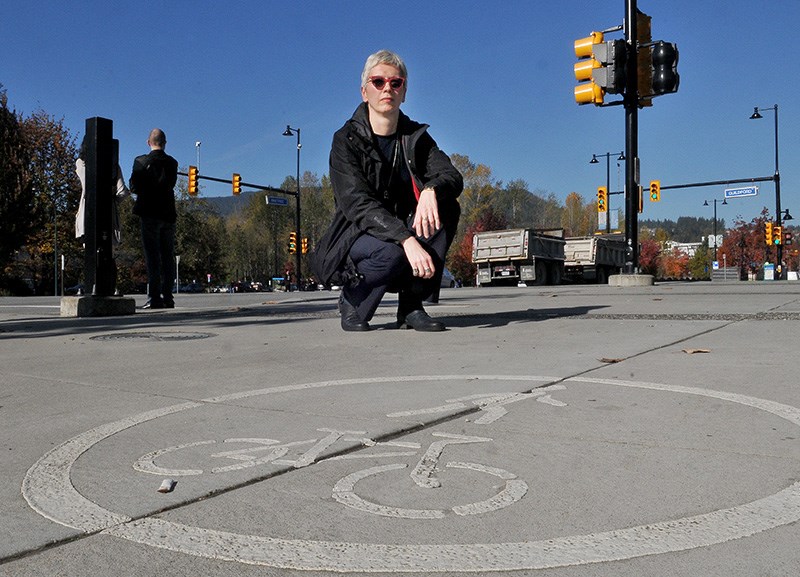Bike to Work week is next week but the cycling advocacy group HUB says there are still significant gaps in Metro Vancouver’s network of cycling routes that can leave cyclists at loose ends of a long ride or feeling unsafe because of poor pavement, absent signage, faded bike lane markings or awkward pathway entrances.
Coquitlam’s transportation manager, Dan Mooney, admits the city has significant gaps in its cycling network.
The biggest one may be United Boulevard, which has become an important conduit for cyclists from north of the Fraser River accessing the Fraser Valley via the Port Mann Bridge.
Mooney said any major work to address the gap will have to wait until Beedie begins developing the Fraser Mills site, which will include a multi-use pathway along the waterfront that will jog up towards the Bailey bridge and link to New Westminster, which is planning a route of its own along the Fraser River to Pier Park.
In the meantime, Coquitlam will continue to address other areas such as Como Lake Avenue, where a new multi-use pathway is being constructed along Mundy Park, and the network of neighbourhood bikeways is being enhanced to take cyclists off the busy traffic corridor.
Dragana Mitic, Coquitlam’s transportation planner, said the goal is to make cycling a viable transportation option in the city by putting safe bike routes within 400 m of 70% of the city’s residents. But with mountains along the city’s northern perimeter and a significant climb to get to neighbourhoods like Burquitlam and central Coquitlam, topography is a challenge.
Mooney said innovative solutions like widening bike lanes on uphill gradients to give cyclists a little room to zig-zag their way up steep inclines can help make some of those climbs seem less daunting.
Mooney said traffic counters are regularly deployed to major intersections throughout the city to record vehicle, pedestrian and cyclist traffic to determine the effectiveness of routes, as well as identify areas that could use routes.
Mitic said designing those routes is complicated because she must essentially retrofit them to a suburban road network that was built with only cars in mind. As well, getting motorists comfortable with sharing roads with cyclists means putting more cyclists on those roads. And getting cyclists on those roads means making them feel safe.
“There’s safety in numbers,” she said. “If motorists see more cyclists, they’re able to better anticipate there will be cyclists.”
• The city of Coquitlam will be hosting two celebration stations during Bike to Work Week, where cyclists can get free drinks and snacks, do some quick repairs and even win prizes. On Oct. 31, from 4 to 6 p.m., there will be a celebration station at Guildford Way and and Pinetree Way, and on Nov. 1, there will be a celebration station at Foster Avenue and Poirier Street from 4 to 6 p.m.



